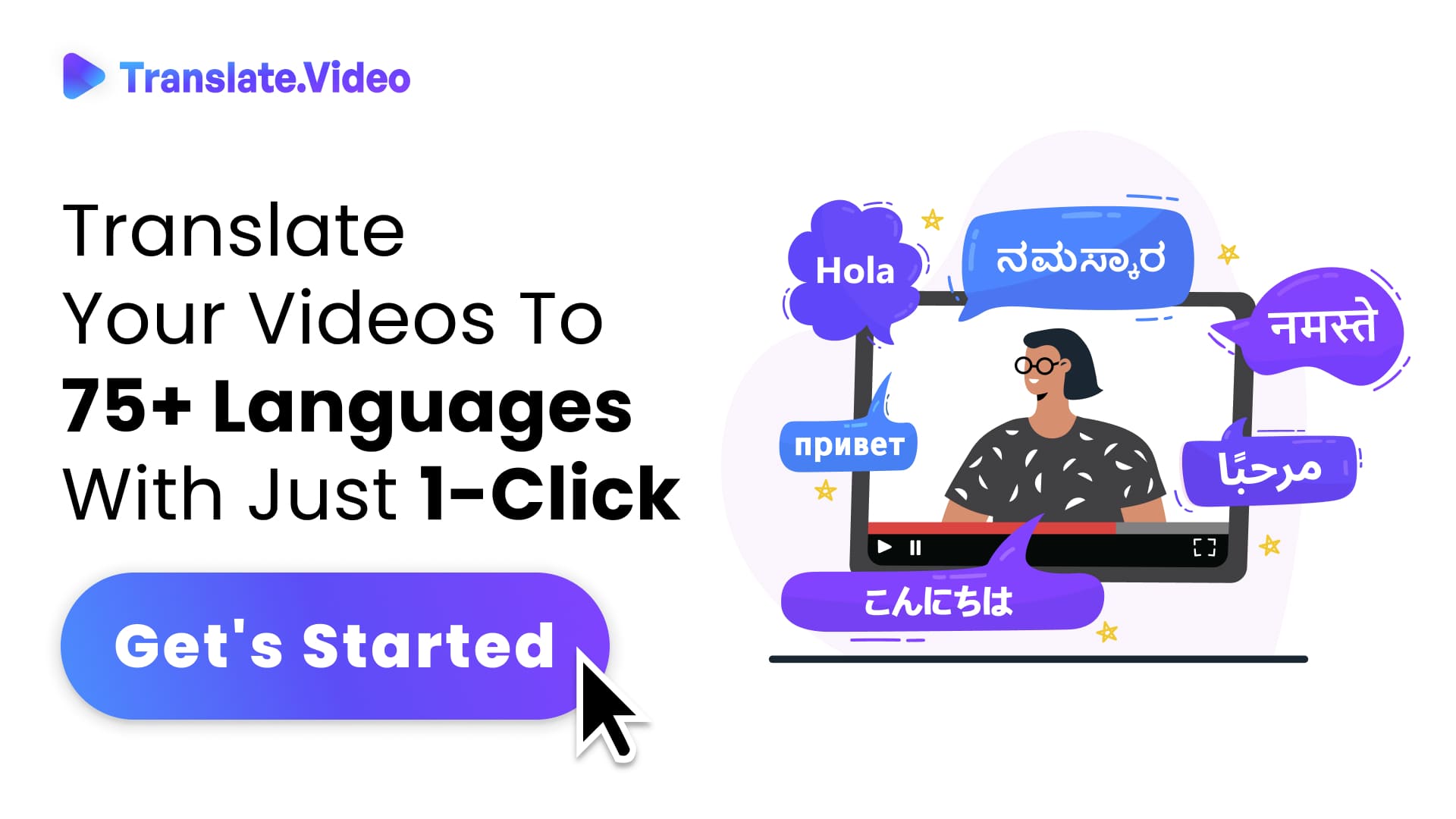Understanding Google Translate's Limitations: A Deep Dive
Beyond Words: Exploring the Boundaries of Google Translate and the Future of Multilingual Multimedia Content

Language, an intricate tapestry of culture, emotions, and history, isn't just a tool for communication—it's an art form. When I first encountered Google Translate years ago, I marveled at its potential. It promised a world without linguistic barriers. But, like all technological marvels, Google Translate has its set of imperfections. In this exploration, I aim to shed light on what Google Translate can't do, despite its astonishing advancements.
Imagine navigating a bustling market in Thailand, or trying to understand a heartfelt song in French. Google Translate might give you a rough idea, but will it capture the emotion, the nuance, the cultural undertones? Let's delve deeper.
What is Google Translate? The Genesis
Born from the idea of breaking down linguistic barriers, Google Translate made its debut in 2006. Using statistical machine translation, it aimed to help users translate chunks of texts or even entire web pages. Over the years, it adopted Neural Machine Translation, improving accuracy and context-awareness.
The Limitations of Google Translate
1. Nuances and Idioms
Have you ever used a phrase like "It's raining cats and dogs" and wondered how it might translate in another language? Direct translations often miss the mark, making some idioms sound outright bizarre!
2. Cultural Context
Language isn't just words—it's culture. Expressions, references, and humor can be deeply rooted in local traditions and histories. Google Translate struggles to capture these cultural contexts.
3. Text within Images and Videos
While there are platforms like Vitra.ai that excel in translating content within videos, images, and podcasts, Google Translate is primarily text-based. This means it misses out on translating rich, multimedia content without external tools.
4. Complex Sentence Structures
While Google Translate does a commendable job with simple sentences, throw in some dangling modifiers or complex structures, and it might just trip up.
5. Human Touch and Emotion
I believe that language is a vessel for emotions. A machine, no matter how advanced, struggles to replicate the human touch in translations. This is evident when translating poetry or songs.
6. Specialized or Professional Jargon
For specialized fields like medicine, law, or academia, Google Translate may not always offer the precision needed.
7. New or Regional Slang
Languages evolve. New words, especially slang or regional terms, might not be immediately integrated into Google Translate's database.
8. Homonyms and Homophones
Words that sound the same but have different meanings can confuse the algorithm, leading to out-of-context translations.
The Potential Impact on Users
Miscommunication: For businesses, incorrect translations can lead to misunderstandings, affecting brand reputation.
Loss of Emotional Depth: Imagine translating a love letter; the essence might be lost.
Frustration: For casual users, constantly double-checking translations can be tiring.
How Other Platforms Fill the Gap
Platforms like Vitra.ai expand on the idea of translation. By offering translations for videos, images, and podcasts, they ensure a more holistic user experience. Imagine the potential! Your favorite foreign podcast or a captivating image with text can now be understood in over 75 languages, all with a single click.
Conclusion
Google Translate, with its vast capabilities, has undeniably brought the world closer. However, as I've discovered, it isn't without its limitations. While it offers a bridge across linguistic divides, platforms like Vitra.ai take it a step further, encompassing multimedia content. In our globalized world, understanding isn't just about words—it's about emotions, culture, and multimedia experiences.
FAQs
1. What is Google Translate?
Google Translate is a free online translation service provided by Google. It aims to translate text and web pages among various languages.
2. How does Google Translate work?
Originally, Google Translate used a statistical machine translation method, which used statistical models to translate texts. Now, it employs Neural Machine Translation (NMT) which processes the translation as a whole, rather than in pieces, aiming for more contextual and accurate translations.
3. Are translations from Google Translate always accurate?
No. While Google Translate is continuously improving and is quite accurate for many sentences, it can sometimes misinterpret idioms, cultural context, complex sentence structures, and specialized jargons.
4. Why can't Google Translate capture idioms or colloquialisms effectively?
Idioms and colloquialisms are often rooted deeply in a particular culture or region. Their direct translation often doesn’t convey the intended meaning, making it a challenge for machine translation tools.
5. Can I use Google Translate for official or professional documents?
It's recommended to consult with a human translator for official or critical documents. While Google Translate provides a general understanding, professional translations require precision and cultural context that human experts offer.
6. Does Google Translate support text within images or multimedia content?
Google Translate is primarily text-based, although it offers some image-based translation through its mobile app. For multimedia content translation, other specialized platforms like Vitra.ai might be more suitable.
7. How often is Google Translate updated?
Google continuously updates its translation algorithms, incorporating user feedback and advancements in machine learning.
8. How many languages does Google Translate support?
As of my last training cut-off in January 2022, Google Translate supports over 100 languages. However, the number might have increased as Google frequently adds new languages.
9. Is there a cost associated with using Google Translate?
Google Translate's basic web version is free to use. However, Google Cloud Translation, aimed at developers and businesses, comes with associated costs based on usage.
10. How does Google Translate compare with other translation tools?
Google Translate is one of the most widely used tools due to its integration with Google services and its extensive language support. However, the accuracy and effectiveness might vary compared to specialized translation tools or platforms that cater to specific content types like videos or images.
Trending Tags
Trending Blogs
What are you waiting for?
Your Dubbing, Subtitles, Captions in one place
Signup free!
